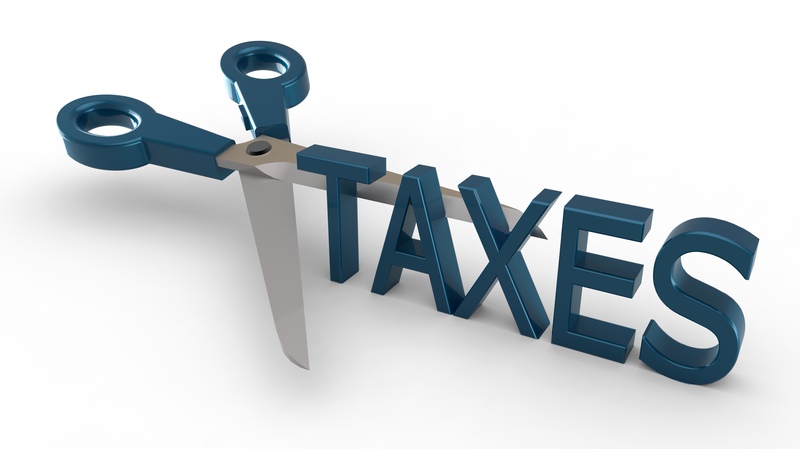The burning question for buyers looking at prospective small businesses is “how much does this business make?”. This is actually the wrong question. The right question is how much does the owner make? One of the first steps in preparing to sell a business for a professional business broker is determining the Discretionary Earnings of the company.
If you just look at the net profit shown on the business tax returns for most small and midsize businesses it looks like they don’t make much money. What you are missing is the owner’s salary, benefits, and expenses that are run through the business in order to minimize their taxes. These expenses include the owner’s salary, 401K or other type of retirement plan, health and life insurance, auto expenses, travel and entertainment, etc. These expenses can be a significant amount of money, consequently the Discretionary Earnings for a business are always substantially higher than the net profit shown on the business tax returns.
One of the first questions to address is which financial statement to use, the P&L statement or tax returns. The Federal Tax returns are always used for business valuation purposes. The P&Ls are used for expense details and supporting documentation, but the tax returns are treated as the official and final financial statements for the business.
Adding Back Owner Benefits & Expenses (Addbacks)
What is a legitimate owner benefit-expense addback? The simple answer is any expense that is not a necessity for business operations. There is however a caveat to this, in order for an expense to be a legitimate addback it must also be shown on the business tax returns as an expense line item or be part of an expense line item. Expenses not shown on the tax return (e.g. on the P&L or claimed by the owner) would not be added back because these expenses are not being deducted from the business gross margin as an expense. In other words, these expenses didn’t happen from a tax return standpoint.
In addition to owner benefits and expenses there are other addbacks to calculate the DE for a business. These are Depreciation, Amortization, Interest and Taxes. These expense items aren’t “owner benefits” so why would these be added back? While Depreciation and Amortization are not actual owner expenses, they are what is called a “non-cash” expense. There were no checks or actual payments made to Depreciation or Amortization and in fact many small business P&Ls don’t show these expenses. These expenses are added to the tax return by the CPA to write off capital expenses like vehicles, equipment, franchise agreements, and other asset purchases over the life of the asset. For example, a vehicle purchased for $50,000 might be expensed through depreciation over 5 years resulting in a $10,000 per year depreciation expense.
Interest is clearly an actual business expense so why is that added back? While the current owner may have interest expense in the business, it will certainly be very different from the interest expense the buyer will have. So the DE calculation adds back interest to arrive at the business earnings with zero debt and the buyer can subtract their expected debt service (expense) from the DE to arrive at a net after debt service figure for the business.
Banks use this same methodology to calculate the net after debt service earnings of a business for SBA financing.
Common Owner-Seller Addbacks to Calculate DE (Discretionary Earnings)
Below are the common expenses added back to the tax return net profit to arrive at the DE for business.
- Interest Expenses (see explanation above)
- Depreciation (see explanation above)
- Amortization (see explanation above)
- Officer’s Salary (if it is the owner’s salary)
- Family member salary-wages
- Health & Life Insurance (owners)
- Pension & 401K (owners)
- Travel & Entertainment (if not business essential)
- Auto Expenses (owner’s personal vehicles)
- Other Common Expenses where Owners may have Expenses:
- Office Supplies
- COGS (Cost of Goods Sold) – some owners run expenses through this category. While the expenses may be valid, many banks question expenses in this category and you will need receipts that clearly show these are non-business expenses.
- Misccelaneous Expenses
- Utilities
- Legal & Professional
What’s the Difference Between EBITDA and DE?
EBITDA (Earnings Before Interest Taxes Depreciation & Amortization) is a common financial term and more commonly known than DE. EBITDA is most commonly used for businesses with at least $5 million to $10 million in sales and above. While it is a good metric for larger businesses, it does not include add backs for owner’s benefits which can be substantial. Thus, if EBITDA is used for a small business the figure would be significantly understated which is why DE is the preferred earnings figure for small businesses.
EBITDA is used on mid-sized businesses in some cases such as when the business is managed by a full time manager. If you use EBITDA to calculate the value of a small business you add back any owner salaries and benefits. This is referred to as an Adjusted EBITDA by valuation analysts.
Working with a Business Broker
When a buyer is looking at businesses for sale the business broker will have prepared a Confidential Business Review which will include a calculation of the Discretionary Earnings based on the Seller’s tax returns and stated owner’s benefits and expenses. After your offer is accepted you will have the opportunity to verify the DE by reviewing the Seller’s tax returns, expenses, bank statements, invoices, etc during Due Diligence.




